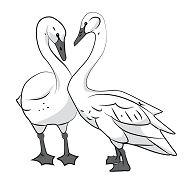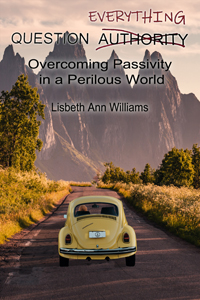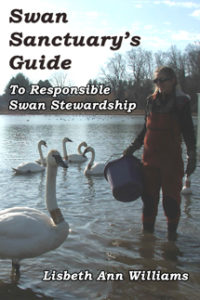My mother was born in June – the month that has been assigned pearls as its birthstone. My mother loved pearls. She had a pearl engagement ring and also a pearl necklace that she always wore. Two of my daughters, as well as two grandchildren and two good friends, also have June birthdays. I like pearls too, but it is not my birthstone. It turns out though, that pearls are the only “stone” associated with birthstones that does not come out of the earth. It is believed that birthstones originated in ancient Greece, Rome, Egypt, and India and that if you wore your birthstone during your birth month, you could benefit from its healing powers.
With my daughters’ birthdays fast approaching, I became curious about pearls. I did not know for instance, that pearls don’t only come from marine oysters. They can occur in freshwater mussels, clams, and scallops, too. True pearls, that is the ones that develop naturally, occur rarely – only one in 10,000 – and it can take as long as three years to develop! Most of the pearls that are sold in today’s market are “cultured” freshwater pearls (from mussels) that have been produced on “farms”. They are more affordable than those very rare pearls that are produced naturally.
Being an environmentalist, I wanted to know if pearl farming is a sustainable practice. I discovered that they are actually the only gem that can be obtained sustainably. All of the gems from the other eleven birth months have to be mined from the earth. Our earth has already suffered untold damage from every type of mining, not to mention fracking and anthropological digs. Deforestation, soil erosion, sinkholes, and contamination of soil and water are some of the many scars that have been left by mining. Mining has caused men who worked in coal mines to suffer from respiratory diseases and other health issues.
I am happy to know now, that should I choose to buy pearls for my daughters, or even for myself, I can do so with peace of mind.



